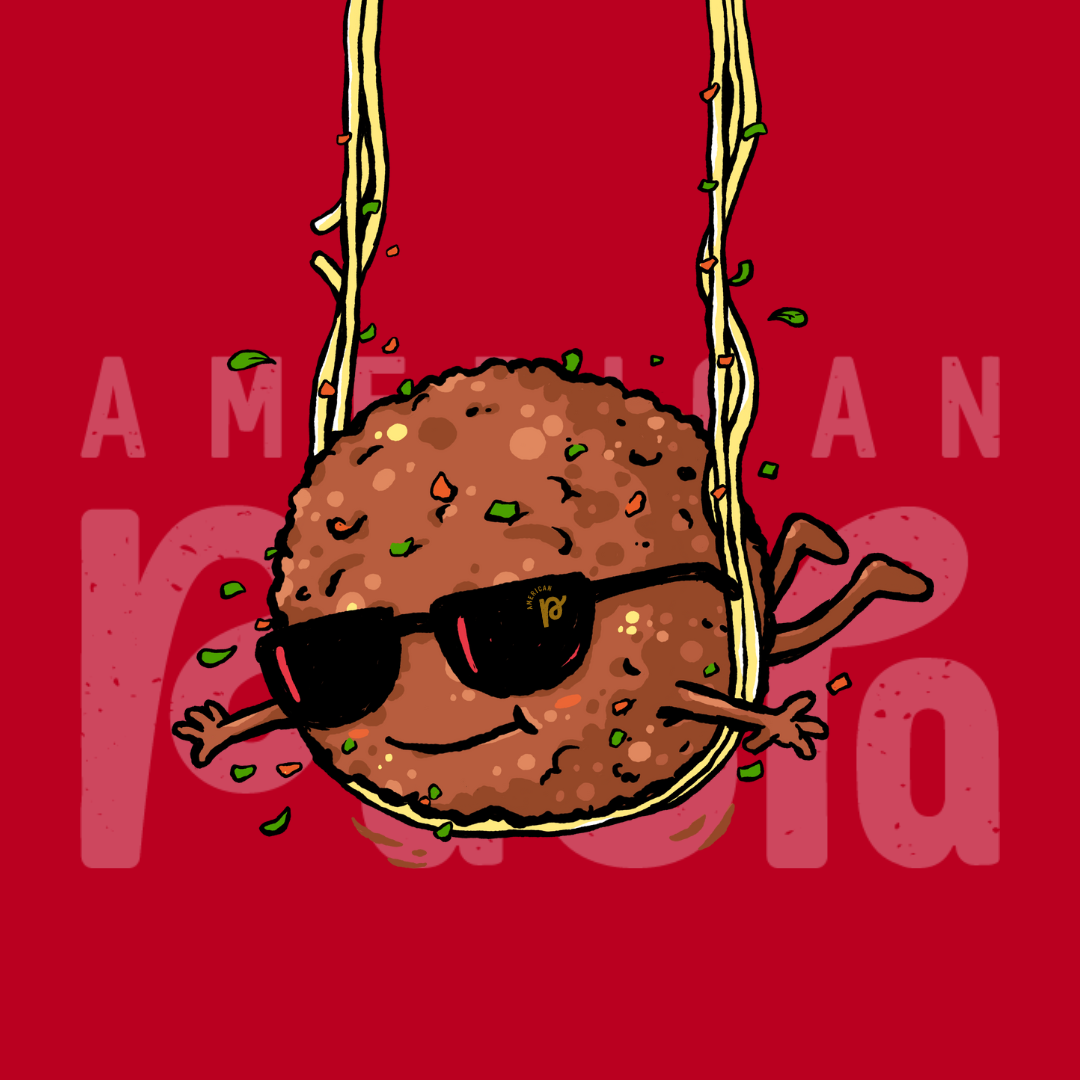One of the most famous pasta worldwide is Ravioli, which originated in Sicily, in southern Italy, where several other Italian delights emerged. The word Ravioli is the plural of Raviolo, which has its origin from the Latin word “graviolo” which means “full” or “heavy”. But speaking on this South Italian island, they usually do not say the “g”, so Graviolo became Raviolo.
The first mention of Ravioli happened in the writings of the Venetian merchant Francesco Di Marco Datini. The said writing contained a ravioli recipe consisting of herbs, beaten egg, and fresh cheese cooked in meat broth, which is the most traditional way of eating Ravioli to date.
When Ravioli arose, the use of fillings did not exist, they were just round or rectangular pasta cooked in broths or soups or fried in olive oil with garlic and herbs. Only between the 12th and 13th centuries did the filling be adopted, and initially, it was made from eggs, cheeses, ricotta and herbs.
But it was only in northern Italy that Ravioli began to be stuffed with meat and became a huge success.
Traditionally Ravioli should have only round or rectangular shapes, but nowadays, they are made, served, and found in different forms, with various fillings and sauces.
Made this introduction about this wonderful pasta that enchants all palates around the world, below we will meet the pasta: ravioli and all the formats existing today and how to properly harmonize the types of sauces indicated with the correct type of wine.
Thus, you can enjoy this amazing dough in the comfort of your home, make the filling to your taste, with a sauce that perfectly matches and good wine. After all, who does not like an Italian pasta perfectly combined with a good sauce and quality wine, is not it?
Ravioli formats
As mentioned earlier, the traditional Ravioli is made in rectangular or circular formats, but nowadays, we can find it in several other forms, because of this, each comes with a different name (but all Are Ravioli). Let’s see then the types of names that each Ravioli takes all depend on the format, size, and region of Italy that have emerged.
- Agnolotti: it arose in northern Italy and is formed by two layers of dough joined and cut or in a square or a circle and folded in half.
- Casoncelli: this one originally appeared in Lombardy, has 4 cm and is in The Shape of a semicircle.
- Pansotti: it had its origin in Liguria and is made in square or circular format, having 5 cm in size and folded in half.
- Cappelletti: original from Emilia-Romagna is made in square shape and folded diagonally to become a triangle.
- Tortelloni: it is also original from Emilia-Romagna and is very similar to the Cappelletti, but it is smaller and has a more circular shape, similar to a ring.
Now that you already know what formats Ravioli has, let’s see which sauce to select so that it matches perfectly with the filling you choose for your favorite Ravioli.
Sauces and wines for Ravioli
The sauce is crucial when we talk about pasta, since long pasta combines with a certain type of sauce, short pasta with other styles, but what about the stuffed pasta?
To get right the type of sauce for your stuffed dough, you must take into account the filling that your dough has, for example, a richer and well-elaborated filling, it must have a sauce your height that accompanies it, already a simpler filling, it must be accompanied by a simpler sauce.
Because if you use a very strong sauce for a softer filling, the sauce steals the taste of the filling, and if the filling is much more striking than the sauce, the reverse situation will happen.
But is the choice of sauce interfered with by the dough being fresh or dry? Not much, the only difference is that fresh pasta is heavier by the fact that it takes the egg, so you should opt for a softer type of sauce to maintain the balance of the dish.
Now let’s take a look at the most common types of sauces used and how to choose the right kind of wine to harmonize with each of them.
Bolognese sauce
This sauce is one of the most common and versatile that exists, it is made with ground beef, quality dry red wine, and selected Tomatoes, it is also known as Ragú.
The perfect wine to harmonize with this type is the red wine Cabernet Sauvignon.
Bechamel Sauce
Bechamel sauce is the famous white sauce that is based on milk, flour and butter, and can be added to cheese and other artifices, it is a sauce considered very strong and striking because of the high-fat content it presents, but it is also very versatile, serving as a base for other types of sauce, such as Alfredo sauce and Four Cheeses, for example.
It goes very well with white wines, especially if it is of the Chardonnay type.
Gravy sauce
This sauce is very simple and more acidic than the others because it is made of tomatoes, olive oil and salt, and can be added with fresh basil.
Because of its acidity, it is greatly harmonized with wines with a more floral and fruity touch, such as a red wine of the Chianti type.
Pesto Sauce
This sauce is made from basil, olive oil, salt, garlic, pecorino or Parmesan cheese and pinoli (or nuts). It has a very greenish appearance and combines very well with white wines of the Sauvignon Blanc type.
Ravioli
Now that you already know which wine suits a certain type of sauce and how to combine the sauce with the filling of your Ravioli, I bet you’re crazy to taste one, after all, a good pasta harmonized perfectly brightens anyone’s day!
You can also meet and enjoy these delicious varieties at American Pasta.

